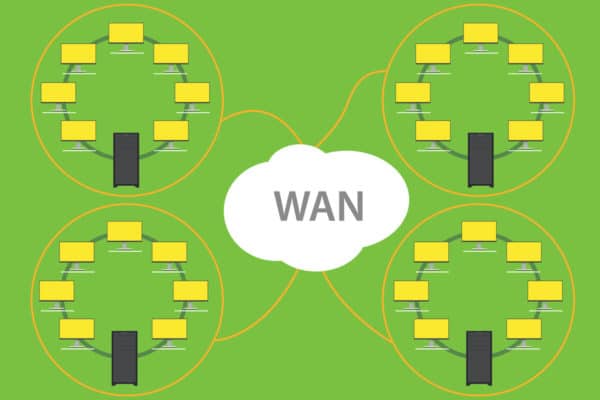How to Browse Safely on the Internet?

Estimated reading time: 4 minutes
Table of contents
A fast and reliable broadband connection is nothing short of a basic necessity these days. Almost all of our daily activities are dependent on a smooth-running internet setup. Whether it is about sending important emails or checking the home security live feed, we need a stable broadband network.
One of the most important components in a broadband matrix is the router. This technological device accepts the data packets from the source modem and then transmits the signals/data traffic wirelessly to the synced client devices.
The thing about routers is that they can be easily hacked. People can log on to the main network grid of a house using illegal means and tap into the bandwidth stream that is supplied to the client devices by the home router. This means that any malicious activity done by these Wi-Fi poachers can be traced back to your router, putting you in uncalled-for trouble!
So, it becomes crucial for you to secure your router against these cyber-attacks and prevent yourself from becoming a victim. Lucky for you, this article will list the top measures, which you can easily implement in order to strengthen the safety of your home network. Check them out below.
SEE ALSO: The Ultimate USB Power Strip and Wireless Charger
Passwords of Steel
Just like the Man of Steel, your home network passwords should be hack-proof. Nevertheless, before that, you need to understand the importance of password protection.
For starters, a password guards the network stream against possible intrusion. If your router does not have a strong password and offers an unprotected Wi-Fi connection, then it is similar to leaving your front door wide open for burglars to come in and loot your valuables.
Here’s what you can do:
- Always protect your network (router + Wi-Fi stream) with a password.
- Make sure your password is not a simple dictionary word that is predictable, but a complex combination of uppercase & lowercase letters, symbols, and numbers.
- Keep changing the passwords regularly to ensure maximum security.
Also, some ISPs such as Spectrum internet offer a security suite included in the package to keep you protected from any vulnerabilities.
WPS Be-Gone
WPS or Wi-Fi Protected Setup is a security standard that supposedly makes adding new wireless devices to the router’s network faster and easier. It works in one of these two ways. Either you enter the eight-digit PIN code that is usually pasted on the bottom of the router or you push a button that is on the side of the router to get instantly connected.
Though this Wi-Fi standard does sound convenient, it is known to carry a hackable flaw in its system. For instance, any visitor could come to your house, push the button on the side of a WPS-supporting router, and be synced with the network forever. Think of all the damage he or she could do with this instant access!
So, it is important that you fix this problem by simply disabling the WPS option. You can do this by going to the router’s setting menu. If your router doesn’t support WPS by default, then consider yourself lucky.
SEE ALSO: Would You Give Up Your Privacy for a Cookie?
Plan B SSID
Most people tend to have a single SSID or Service Set Identifier (the name assigned to a wireless network) on their router. This counts as their primary channel. However, what smart individuals do is that they create an additional SSID, as a guest network.
This measure segregates the main network flow and creates a minor channel, which can be allotted for secondary activities. For instance, you can connect your smart home devices over the guest network. This way, if they are hacked, your main SSID network channel will remain protected. It is a good Plan B.
Other measures include turning your router off when it is not in use and keeping the device up-to-date by installing regular firmware security fixes etc. So remember, take care of your home’s network security by heeding to the aforementioned tips. You won’t regret it.








